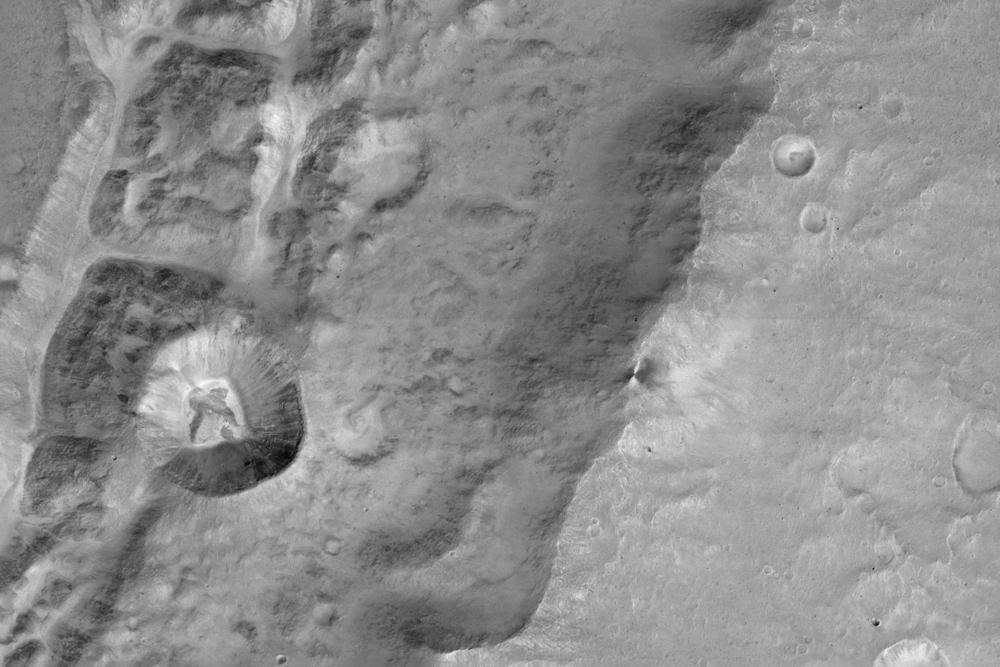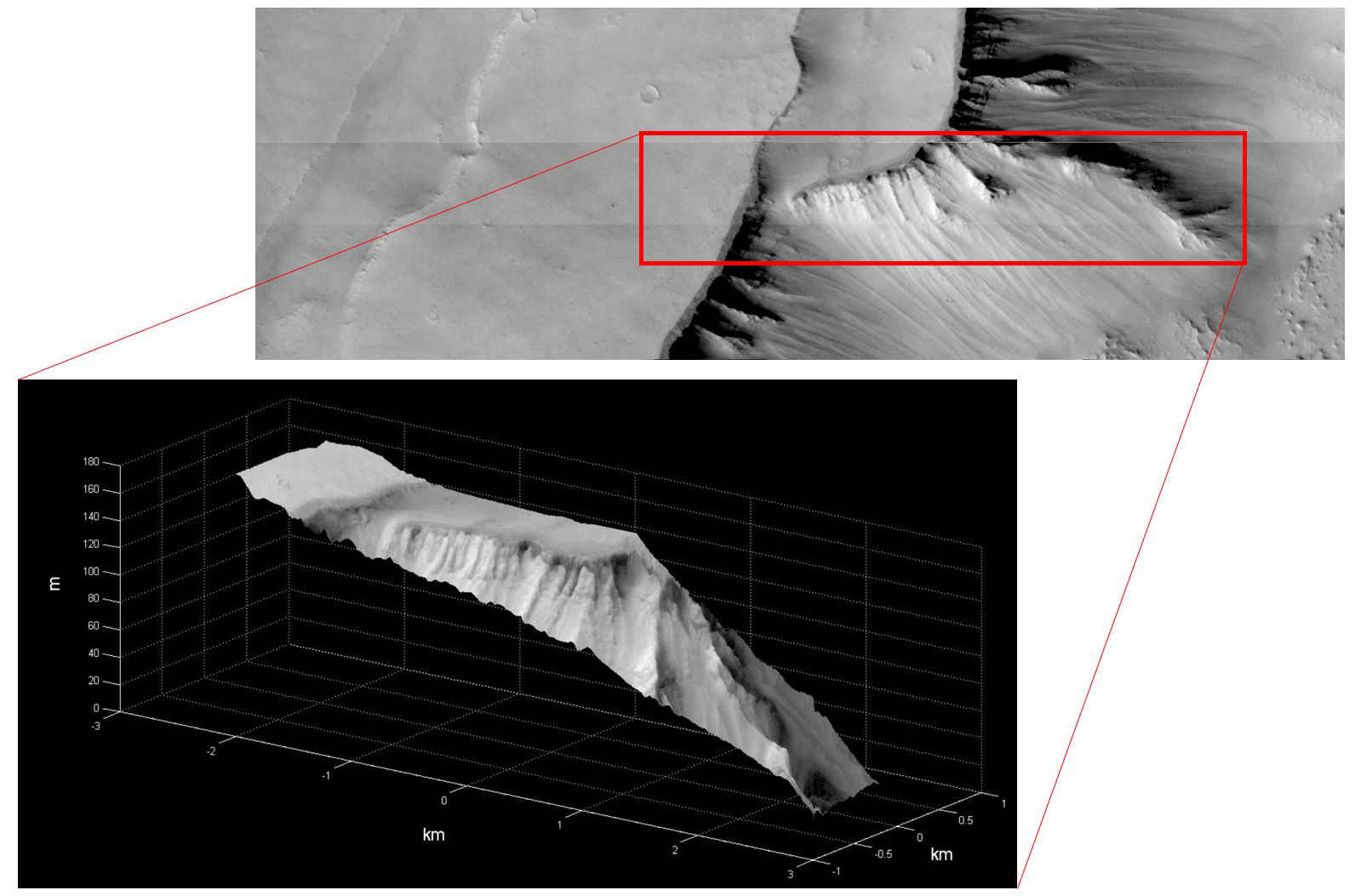Lookin' Good, Mars! ExoMars' First High-Res Photos Are Incredible
Behold! The European Space Agency's new Mars orbiter just sent back its first high-resolution images of the Red Planet, and the view is amazing.
The ExoMars Trace Gas Orbiter (TGO) arrived at Mars on Oct. 19, when its companion spacecraft Schiaparelli crash-landed on the planet's surface. Since then, TGO has been circling Mars, testing out its machinery, and taking spectacularly sharp pictures of the landscape using its Colour and Stereo Surface Imaging System (CaSSIS). ESA stitched together the best of these photos in a cool new flyover video.
"The first images we received are absolutely spectacular ― and it was only meant to be a test," Nicolas Thomas, CaSSIS team leader at the University of Bern's Center of Space and Habitability, said in a statement. [Photos: Europe's ExoMars Missions to Mars in Pictures]

These first images allowed ESA to test the camera's color- and stereo-imaging capabilities, which would allow CaSSIS to build 3D maps of the Martian surface using measurements with sound waves.
Though the color-imaging equipment was functioning as planned, the first photos appear black and white. That's because the areas photographed are dusty ― volcanic without much color to be seen. "We will have to wait a little until something colorful passes under the spacecraft," Thomas said.

TGO is currently orbiting Mars once every four days in a highly elliptical path. At its closest, the spacecraft flies within 155 miles (250 kilometers) of the ground. These close approaches are happening quickly before the orbiter raises its altitude to about 62,000 miles (100,000 km).
CaSSIS was up and running for two of these approaches during its testing phase and returned a total of 11 images. ESA then combined some of the new photos in the video above to simulate a flyover of Hebes Chasma, a 190-mile-long (310 km) canyon in the Martian surface.
Sign up for the Live Science daily newsletter now
Get the world’s most fascinating discoveries delivered straight to your inbox.
"We saw Hebes Chasma at 2.8 meters per pixel," said Thomas. "That’s a bit like flying over Bern at 15,000 kilometers [9,300 miles] per hour and simultaneously getting sharp pictures of cars in Zürich."

After the botched landing of the Schiaparelli spacecraft in October, pressures have been high for the ExoMars team. "A lot of public attention has been on the failed landing of Schiaparelli, but TGO has been working really well, so we have been extremely busy in the past month," Thomas said.
"We were quite nervous but it looks as though almost everything functioned as we planned it. The resulting images are really sharp," Antoine Pommerol, a CaSSIS co-investigator at the Center of Space and Habitability in Bern, said in the same statement.
For the next few months, the team will continue to prepare CaSSIS for its prime mission. "The test was very successful but we have identified a couple of things that need to be improved in the onboard software and in the ground post-processing," Thomas said.
TGO will spend nine to 12 months "aerobraking," or slowing down to round out its elliptical orbit. Eventually, the orbiter will circle the planet at a constant altitude of about 250 miles (400 km). Its primary science mission is scheduled to begin by the end of 2017. Then TGO will begin studying gases in the Martian atmosphere.
Email Hanneke Weitering at hweitering@space.com or follow her @hannekescience. Follow us @Spacedotcom, Facebook and Google+. Original article on Space.com.

Hanneke Weitering is an editor at Liv Science's sister site Space.com with 10 years of experience in science journalism. She has previously written for Scholastic Classroom Magazines, MedPage Today and The Joint Institute for Computational Sciences at Oak Ridge National Laboratory. After studying physics at the University of Tennessee in her hometown of Knoxville, she earned her graduate degree in Science, Health and Environmental Reporting (SHERP) from New York University. Hanneke joined the Space.com team in 2016 as a staff writer and producer, covering topics including spaceflight and astronomy.










